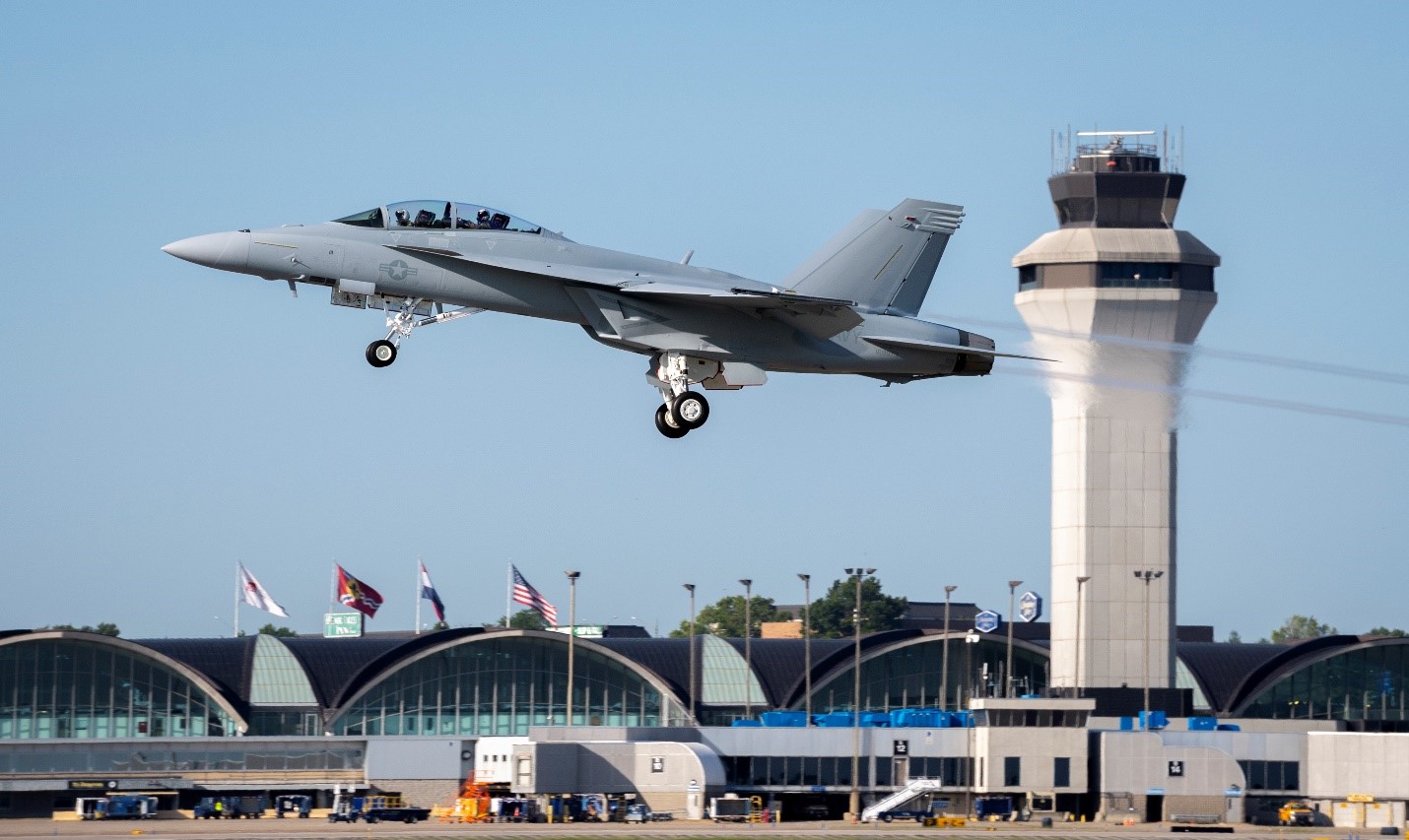
WASHINGTON — Boeing today announced it will finish production of new-build F/A-18 Super Hornet fighter aircraft in late 2025, closing out a line of aircraft that has been a staple of the US Navy’s fleet for four decades.
“We are planning for our future, and building fighter aircraft is in our DNA,” Steve Nordlund, Boeing Air Dominance vice president, said in a statement. “As we invest in and develop the next era of capability, we are applying the same innovation and expertise that made the F/A-18 a workhorse for the U.S. Navy and air forces around the world for nearly 40 years.”
A last minute extension to 2027 may occur if the Super Hornet is selected by the Indian Navy, the statement added.
The US Navy first started signaling its appetite to move away from the Super Hornet fleet in 2020 when the service proposed ending the production line by 2023 and shifting those funds toward researching its next-generation fighter.
Despite objections from lawmakers — some of whom noted the service’s ongoing strike fighter shortfall and others whose concerns were more parochial — the Navy has since stopped seeking new Super Hornets in its annual budget request.
While Boeing will sundown new production F/A-18s, the company expects to continue upgrading the current fleet as well as providing a service life modification program to the Navy, which will bring Block III capabilities to Block II planes. The company will also continue providing the advanced electronic attack capability associated with the EA-18G Growler modification.
That SLM program is integral to the Navy’s plan to overcome its strike fighter shortfall, which Chief Naval Officer Adm. Michael Gilday has said won’t be resolved until at least 2030.
In its statement announcing the production shutdown, Boeing also said it would build three facilities in St. Louis, which when combined with a facility in Arizona and the MQ-25 production facility at MidAmerica St. Louis Airport “represent more than a $1 billion investment.”
The company also plans to increase production in St. Louis of the T-7A Red Hawk, an “all-digital training system,” the unmanned aerial tanker MQ-25 as well as production of new F-15EX Eagle IIs and 777x wing components.
In addition to being a staple to the US Navy and Marine Corps’ aviation fleets, the F/A-18 has been flown by Australia, Canada, Finland, Kuwait, Malaysia, Spain and Switzerland.

